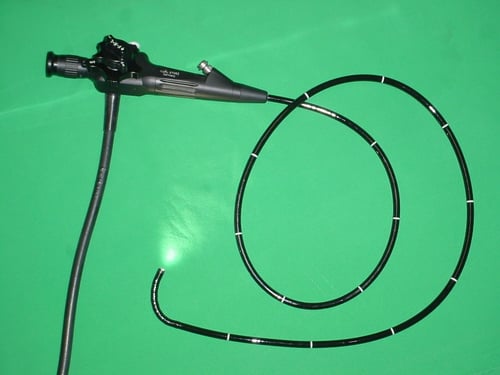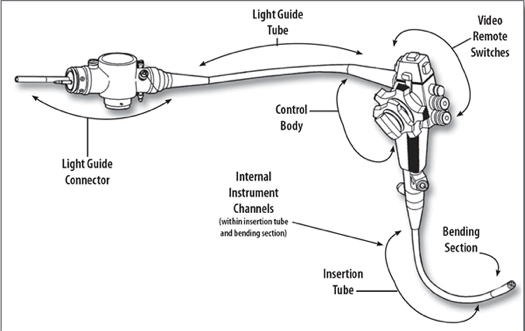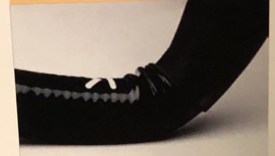Endoscopes: Handle with Care!
by Larissa Biggers, on May 10, 2019
Colonoscopes are a valuable commodity. Just weeks after $450,000 of scopes were stolen from a Philadelphia hospital, thieves struck again. This time they took two scopes valued at $24,000 each from a nearby medical center. Who knew that these medical devices are a popular black-market item?
Scopes for colonoscopy
Colonoscopy, the only procedure that can detect, remove, and prevent colorectal cancer, cannot be performed without a colonoscope, and these scopes and their components are expensive items. There are two types of scopes, rigid and flexible. The flexible scopes are almost exclusively used now to examine the colon. The scope is a long snake-like tube equipped with a light and camera and channels running through its core. The tube is connected to a control knob, which allows the physician to maneuver the tip in many directions and to use channels for washing or specimen retrieval.

Scope cost
Flexible scopes range in price, but some cost more than an endoscopy technician might make in a year; just one flexible endoscope can run as high as $45,000. Although they may look sturdy, they contain delicate materials, such as glass, and are easily broken. Fixing a damaged scope is a costly venture, not just because the components are pricey, but also because repairs are specific and complicated and require a well-trained technician.
Scope damage can occur during the actual procedure, during cleaning and reprocessing, or even during storage. Scopes are handled multiple times each day by a variety of physicians, nurses, and technicians, and it is estimated that roughly 70% of damage is user related, with 30% attributed to wear and tear.

Examples of damage include, but are not limited to:
- Insertion tube buckles occur when the endoscopist bends or twists the tube with too much force, particularly as he/she is trying to pass the scope through a curve or a loop in the colon. This is often referred to as “torquing” and is a major cause of buckling of the insertion tube. In some cases, buckling is simply a result of improper storage of the scope.

- Likewise, biopsy or suction channel damage can stem from too much twisting and turning. In addition, these channels can be pierced or damaged by forceps or catheters forced through the opening. If such a breach occurs within a channel, the entire scope can be flooded, resulting in repairs that typically run from $10,000 to $15,000. Improper care and handling such as over-coiling the insertion tube or cleaning scopes in inadequately sized sinks can also cause biopsy or suction channel damage.
- The control head of a colonoscope is equipped with a set of knobs that allow the operator to direct the tip of the scope in all directions for adequate visualization. These components are at risk for malfunction, particularly when the endoscopist over-turns the knobs while navigating around sharp angles or loops in the colon. In such a case, the internal angulation cables can stretch or actually break, rendering the scope unusable.
Finally, a scope can be accidentally dropped. This error can crack the lens or damage the camera, problems which are once again costly to fix.
Options for scope repairs (and how to avoid them)
Scope manufacturers typically sell a range of service agreements to cover scope repairs, from a pay-as-you go model to a comprehensive plan with no cap. Not surprisingly, the cost of these plans can be exorbitant, so much so that some hospitals have established in-house repair services. These programs can save money and increase the availability of scopes, as it can easily take three to five days (if not longer) to get an endoscope back from a manufacturer or repair service.
As scopes continue down a digital path, they are becoming more even more complex and expensive. Thus the repair and/or replacement of these scopes is becoming a major cost item for endoscopy units. It is essential that all GI staff are educated in safe scope handling, cleaning, and storage techniques. And unfortunately, in light of recent thefts, heightened security, such as video cameras, may be required to protect these invaluable tools.


